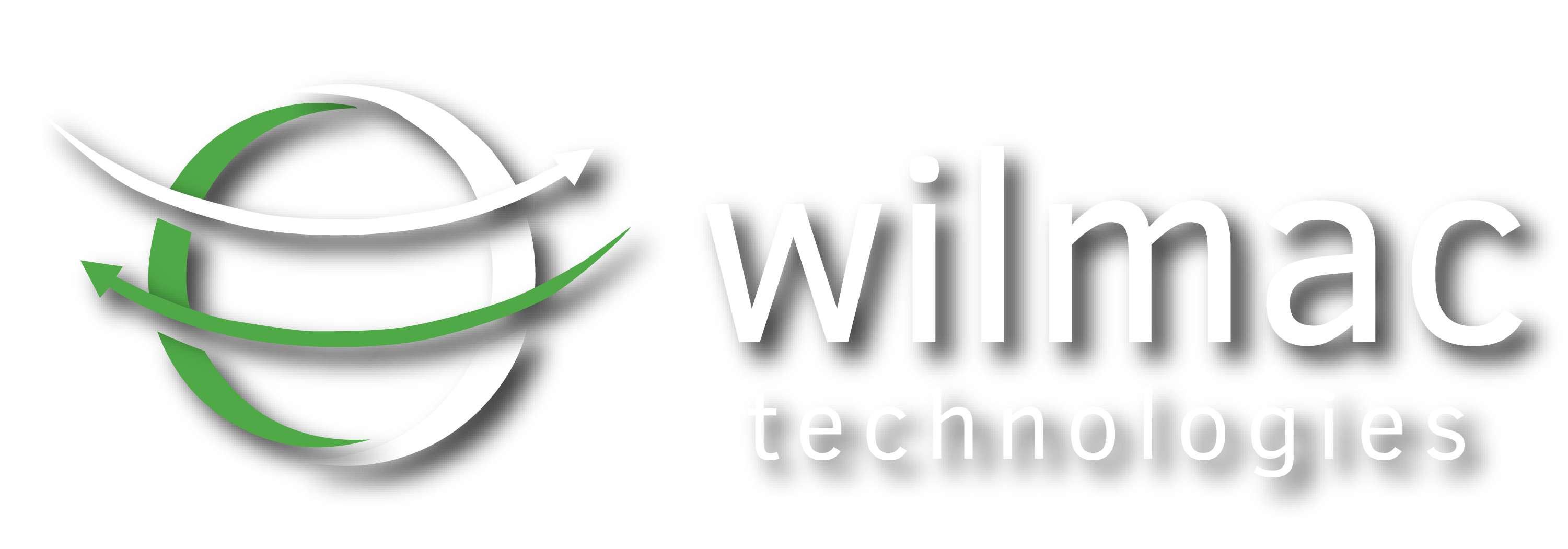If you’re reading this post, you most likely record communications in your organization. Well, you’re in the right place.
At Wilmac, we consider ourselves recording (or you’ll hear us refer to it as ‘voice’) specialists and a direct representation of our expertise is our Continuity Replay solution. In this blog, we’ll tell you WHAT Continuity Replay is, HOW it can be used in different settings, and WHY you need it.
WHAT
What is Continuity Replay?
Continuity Replay is a data archiving solution that we offer at Wilmac. It has a range of features that give it value in different business settings, such as financial service organizations or contact centers.
On a very high level, Continuity Replay puts you back in control of your voice data by:
- Extracting and converting your audio files into a standard open format
- Storing your audio files with all associated metadata in a secure, cloud-based or on-prem location
- Allowing for simple search and replay that needs no user training
- Letting you decommission legacy systems
- Housing voice data from multiple vendors and locations in a centralized spot
- Complying with external regulations for retention
… the list goes on.
We started developing Continuity Replay seven years ago because customers were frustrated that managing their voice data was not as easy and simple as it should be. Their voice data was locked up in a proprietary format which limited how they were able to use it. With that in mind, we dedicated our efforts to liberating customers’ voice data and helping them leverage it to improve their business.
HOW
How is Continuity Replay used in communications compliance?
We see the most common use case for Continuity Replay reside in financial service organizations due to the strict regulations they’re expected to comply with when it comes to recording communications.
These organizations are required to retain their captured communications, including voice, for a certain number of years to:
- Maintain accurate financial records
- Abide by local, state, and federal laws
- Comply with industry regulations
- Ensure that information is easily accessible for eDiscovery and litigation purposes
- …and so on!
If a regulatory agency like the SEC or DOJ investigates a trader within a financial organization, they need to have that data on-hand and accessible so they don’t experience major fines and penalties.
Continuity Replay allows these organizations to store their voice data effectively without the risk of losing it during the designated retention period. It also allows them to decommission any legacy systems that were being maintained only for retention purposes.
Ensuring compliance is critical to how these financial organizations run. Effectively and securely storing those captured communications in Continuity Replay while decommissioning legacy systems can save significant time and money.
How is Continuity Replay used in the contact center?
More companies are moving from traditional on-premises voice solutions to cloud infrastructure. In the contact center space, companies are moving from a PBX infrastructure to CCaaS platforms like Genesys PureCloud, Five9, NICE CXone, and others. The move to the cloud has many benefits, including greater flexibility, cost control, and deliverability in their operations.
Continuity Replay addresses three concerns that resonate with the contact center audience:
1. Cost
A customer using Continuity Replay can pull their recording data from their cloud infrastructure (or CCaaS system) that needs to be stored long-term. For example, the CCaaS platform stores calls for a month. After a month, these recordings are extracted and archived internally using the existing storage infrastructure the customer has available to them. The cost of storing data here means they are complying (both short and long-term) by retaining their data as opposed to storing it in their CCaaS platform.
Wilmac can extract the data from CCaaS systems on a daily, weekly, or monthly basis to store and archive in any storage location the customer prefers, including Continuity Replay.
2. Security
The same process mentioned above addresses the concern around security. By pulling the voice data from the CCaaS system and storing it in their existing storage infrastructure or in Continuity Replay, they ensure their voice data is in a centralized, secure portal.
3. Access
Customers can use Continuity Replay as a front-end platform so data from multiple systems are pulled into one. This includes their CCaaS platform, which has limited functionality within their own UI from a replay perspective. Pulling into Continuity Replay allows for one single portal for users and greater functionality for users to leverage their voice data.
The customer now has flexibility as to where their data is stored long-term and control of how much it costs to do so. With Continuity Replay being vendor agnostic, they also can integrate existing systems with the new CCaaS deployment. The single pane of glass view allows for efficient access and replay of the voice data, gives you full control of it, and allows you to apply your own internal security to it.
How is Continuity Replay used in public safety?
Organizations in the public safety field are responsible for recording all interactions that take place in their mission-critical environment. In many PSAPs, those recordings are stored on DVDs, tapes, old servers, or hard drives that stack up as time goes by. New technologies, changing vendors, and time in general cause an accrual of these old recordings, which can be overwhelming and difficult to manage. Retention is another factor to consider, as many PSAPs must hold onto their recordings for multiple years and sometimes indefinitely.
Continuity Replay fits into public safety if you’re in one of the following situations:
- You have old recordings due to new technology
- You transitioned to a different recording vendor and must maintain and access your old recordings.
- You have to find and access old recorded calls for legal purposes.
- You have old hardware with recordings on them stacking up in your center.
- You need to retain your old recordings indefinitely.
With Continuity Replay, you can manage those recordings in a simple, efficient way. You have one centralized location for all your legacy recording data. It’s a secure storage space for you to easily locate specific recordings based on customizable criteria and associated metadata. Recordings can be stored indefinitely on Continuity Replay, no matter how they were recorded or what system they were recorded on.
WHY
Why should I adopt the Continuity Replay solution in my organization?
Continuity Replay is a special solution because it was born and bred by Wilmac. Its features span a wide range of practice groups and industries, making it a dynamic and adaptable tool. Wilmac’s development team is constantly working to further develop the solution for more uses and Continuity Replay will soon be offered in the Wilmac Cloud.
You should adopt the Continuity Replay solution because it puts you back in control of your voice data. In most cases, organizations don’t realize that their voice data is locked in a proprietary format until they’re asked by the SEC to produce certain recordings for an investigation or want to put it through a third-party tool for analytics or reporting. We at Wilmac identified this problem and found a way to give organizations full access to their voice data.
With Wilmac and Continuity Replay, you are promised simple, easy access to your voice data when needed. Contact Wilmac to see Continuity Replay live and talk with our team to see how it can meet your voice needs.

